The worst part about being a writer is cringing at your past work: a metaphor that lands with a thud, a narcissistic musing that veers into “blogger” territory and, worst of all, a fumbling-for-words tasting note that sounds like complete bullshit now.
This torment comes from a unique place that most writer’s possess: a deep-seated self-consciousness that wrestles with strange ambition. These traits feed off each other, and that’s why we keep writing. In my head, there is a nebulous vision of someday mastering the craft of wine writing. Whether it is winning a recognized award, publishing a book, or leading a group of my readers on a trip through Piedmont, each day, I feel as though I am getting closer to arriving. But deep down, I also know: the critic in me will eviscerate these very words years from now.
I bring all of this up because the other day, I took another stab at my about page, and for once, I loved something that I wrote a while ago:
Wine experts are curious people who own their tastes with confidence, whatever those tastes may be. They are an expert on what they like and why they like it. Anyone can be a wine expert.
When I wrote those words, I was seeking to defend myself from others. Wine is plagued with people who will outright tell you your opinion doesn’t matter because you haven’t tasted enough (even when you’ve tasted plenty and they have no idea how much you’ve tasted in the first place!).
But reading these nakedly populist words now, I find them liberating, especially as I take on the responsibility of hosting virtual tastings with my readers. The great quest for all of us — writers and readers, professionals and hobbyists — ought to be a simple one: Mastering our own tastes. Discovering a different world for our own enrichment. Acquiring knowledge for our own benefit. Those of us who share what we know have an enormous responsibility to be accurate, to be thoroughly knowledgeable, but also to disclose where our weaknesses are. I know very little about New World wines. I’ve lost touch with what’s going on in Spain. I have my niche — Italian and French wines — and you’re welcome to come to me for insights on it. Beyond that, I owe it to you to refer you elsewhere. There is no shame in admitting the limits of one’s expertise. (I just wish more people in the field would do the same).
The take-away is this: Wine is a lifelong series of discoveries because wine and our tastes in wine are always changing. What tasted good in your 20s, tastes overeager in your 40s. What seemed like a closed door upon release, now tastes limitless with time. And how often have we thought we knew something about a winemaker’s practices, only to learn their son or daughter has taken things in a different direction? There is no arriving at expertise because expertise is the journey itself.
4 White Wines That Prove We Are Always Learning
Below are a handful of exemplary white wines from this summer that never made it to the pages of Opening a Bottle, but certainly should have. As I was trying to decide whether to save them for a future First Taste Guide or craft Singular Wine posts about them, it occurred to me that they all shared one thing: they opened my eyes.
Each one requires some searching, and for that I am sorry / not sorry. The thrill is in the hunt, and often, it’s these “deeper cuts” where we learn the most.
2017 Maison en Belles Lies Bourgogne Aligoté
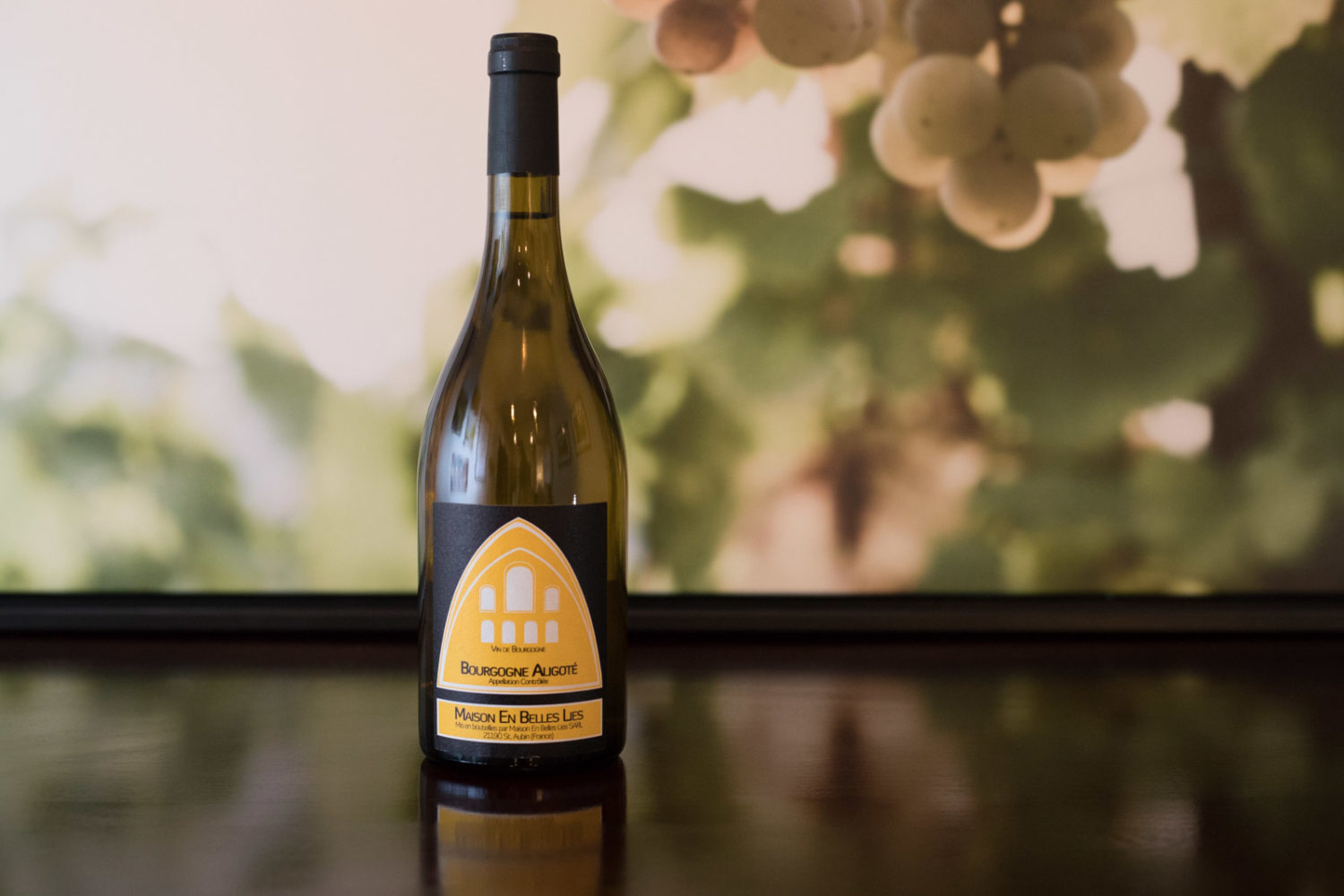
Maison en Belles Lies is an upstart, biodynamic estate in Saint-Aubin, one of the villages of the Côte de Beaune. Their Bourgogne Aligoté (★★★★★) may be the most welcoming wine I’ve tasted this year. It’s amiability was perfection, with delicate and exotic aromas reminding me of the sweetest flowers, seemingly accented by a slice of lime peel and herbs. I could not turn away from another sip, and another, and another.
Aligoté is one of those grapes that consistently surprises. While vigorous in the vineyard and undoubtedly second-fiddle to Chardonnay in its homeland of Burgundy, the grape is experiencing a true renaissance right now. Given its potential for delight and its lower price, I can see why.
2018 Punta Crena “Vigneto Ca Da Rena” Pigato
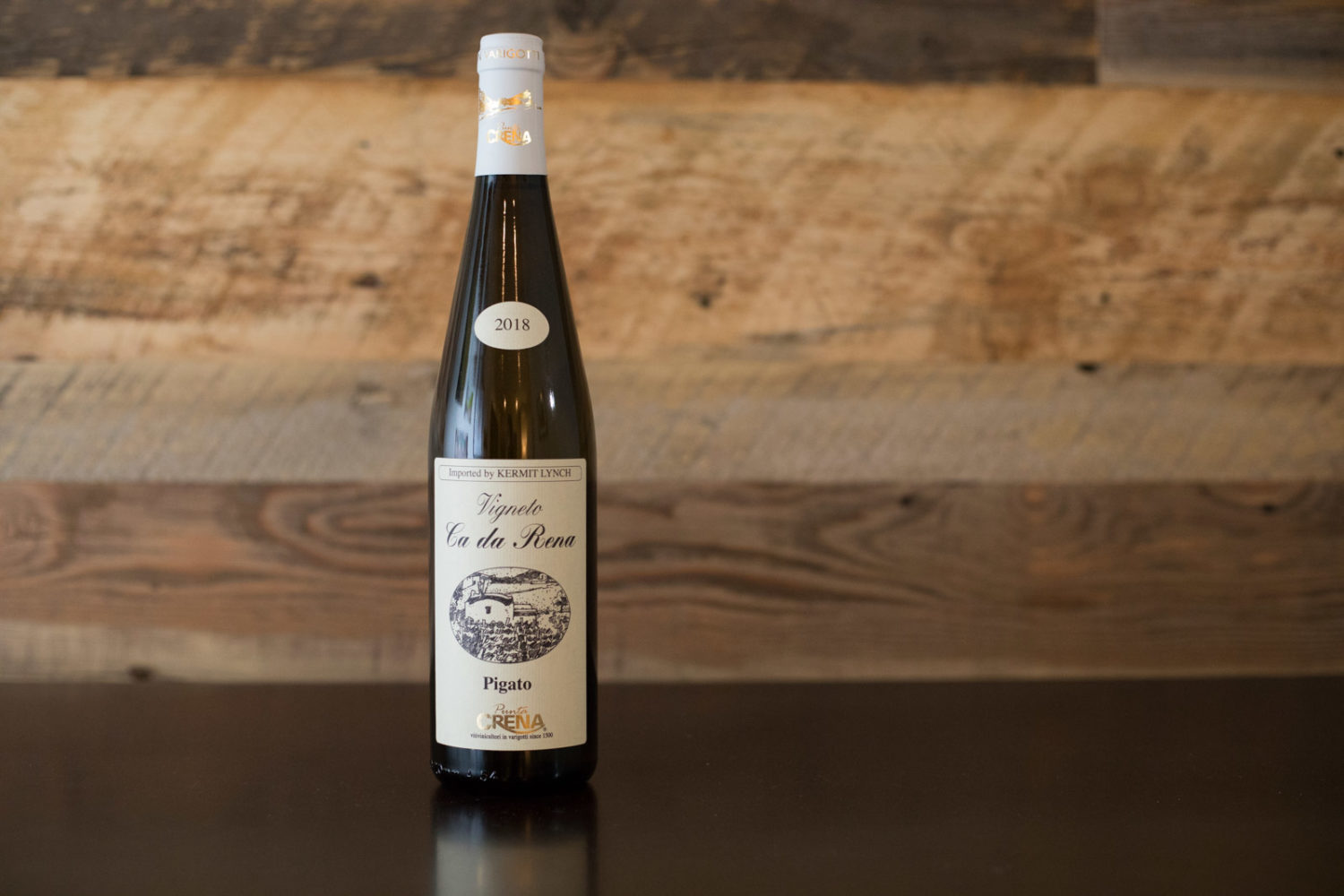
I have not turned to Liguria for wine nearly enough these past few years. But an interest in heroic viticulture is changing much of that, and Punta Crena — a Riviera Ligure di Ponente estate — is at the forefront for me.
Pigato is a relative of Vermentino, but it expresses itself in the glass quite differently, and Punta Crena’s Pigato (★★★★ 3/4) is a superb example of this. On the nose, you will find that familiar tone of pineapple and melon, but also a distinct tone that transported me to a childhood memory I’d forgotten: walking through Cape Cod’s dunes in June when the seaside roses bloom. That scent — particularly the saltiness of it — seemed to carry through the whole experience of this wine. My perception of Liguria’s white wines was a generalization about their easiness — their fleeting fun. But perhaps Liguria can be counted on for serious white wines after all.
2018 Marjan Simcic Pinot Grigio Brda Classic
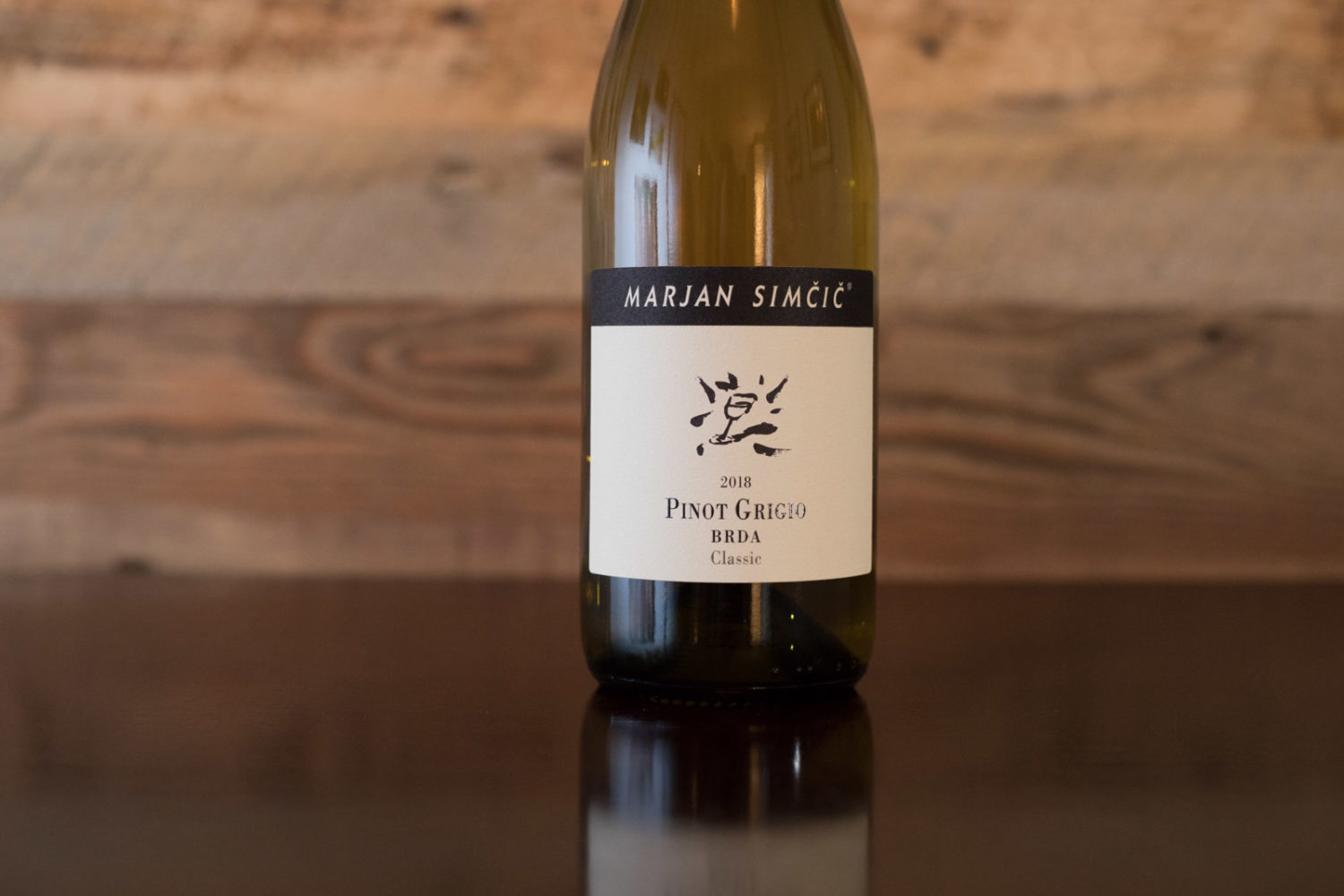
Two things here: I really ought to pursue Slovenia wines (and their Friulian brethren) more often, and, damnit, I really like Pinot Grigio when its at its peak. So often dissed because — well, so much of it is crap — Pinot Grigio, like all of the Pinots, has amazing potential if winemakers give it the proper care and grow it in places with large day-to-night temperature swings and well-draining soil.
Often overlooked is that Pinot Grigio is a dark-skinned grape, and throughout Friuli and Slovenia, it is a common practice to allow the wine to macerate on the grape skins for a longer period of time to extract color, tannin and character. Marjan Simčič’s Pinot Grigio Brda Classic (★★★★ 3/4) has a lovely coppery color to it, which — as it pours from the bottle — promises a profusion on the nose. Peach skin, lemon verbena, mint: breathe it in. But it was the profound persistence of this wine’s finish that surprised me most.
2018 Château Feuillet Valle d’Aosta Petite Arvine
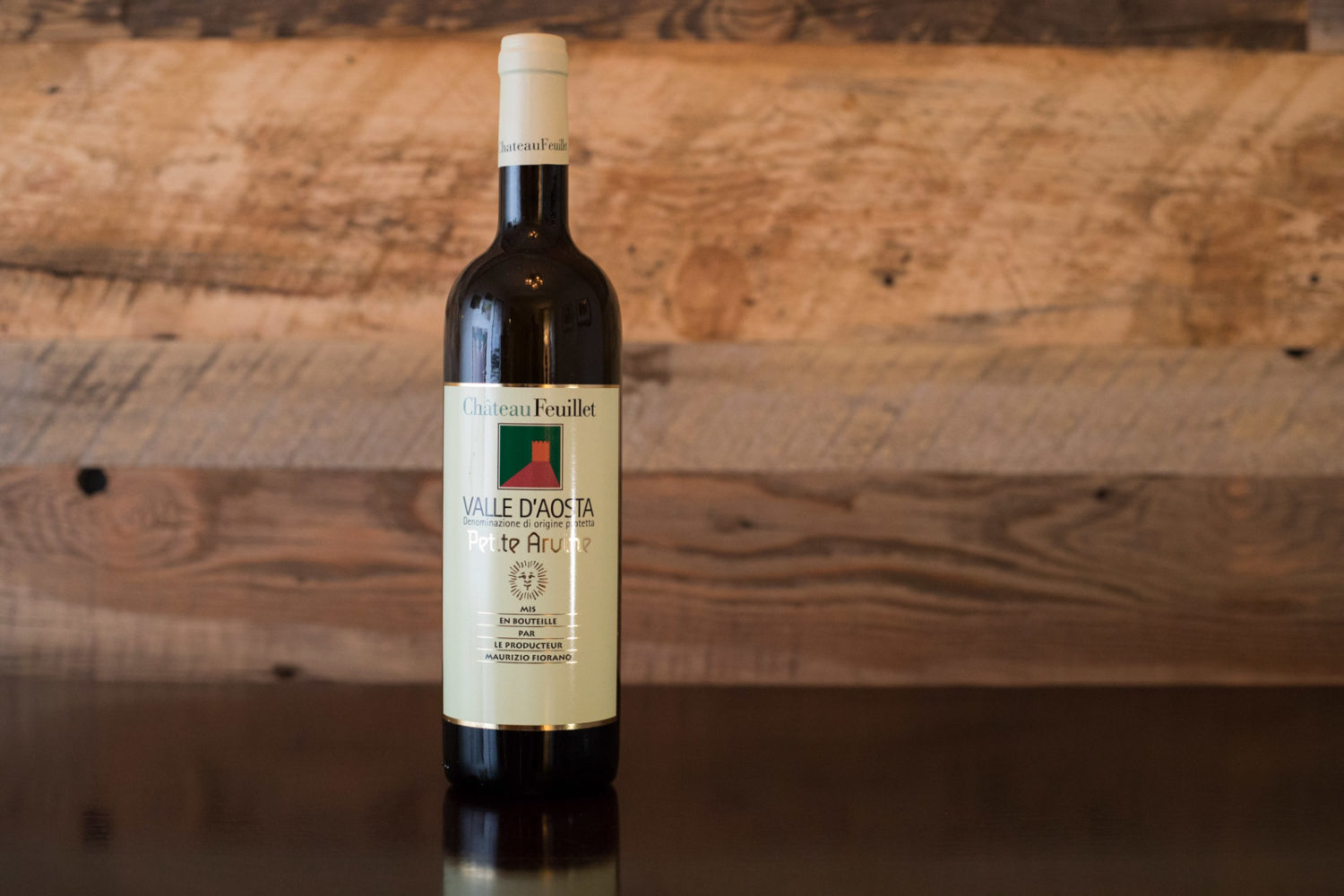
There are moments when a wine throws you such a curveball that the whole subject-matter can feel unknowable. Rather than find this frustrating, I find it thrilling. Such was the case with this wine, where two divergent regions showed up in the glass, even though the wine didn’t come from either.
With Château Feuillet’s Valle d’Aosta Petite Arvine (★★★★ 3/4), Chablis and Rias Baixas Albariño arm wrestled in my memory for the title of “What Does This Remind Me Most of?” There was Chablis’ green apple goodness and hint of crushed mint, as well as Albariño’s delicate pineapple and saltiness on the finish. I hold both those regions in high esteem, and likely, you do, too. (And let me be clear: I’ve been a big fan of Valle d’Aosta‘s wines as well). But to think of them in a wine sourced from the alpine-influenced valleys of Italy’s lofty Valle d’Aosta was a lovely surprise.
Note: None of these wines were provided as samples, but rather were funded from Opening a Bottle’s editorial budget. Join us for our next virtual tasting to (a) learn all about an Italian or French wine region and (b) to help fund more editorial like this.
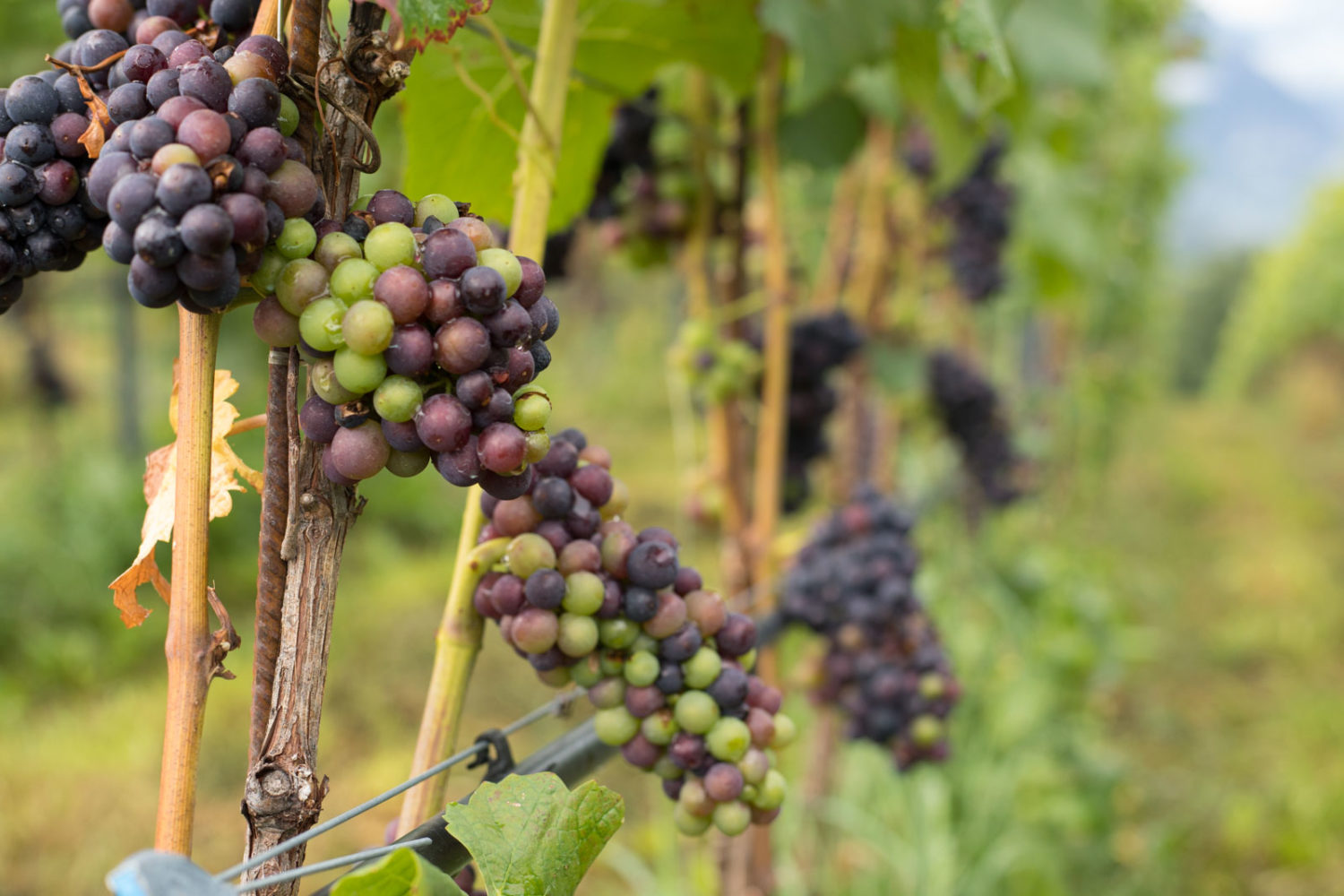
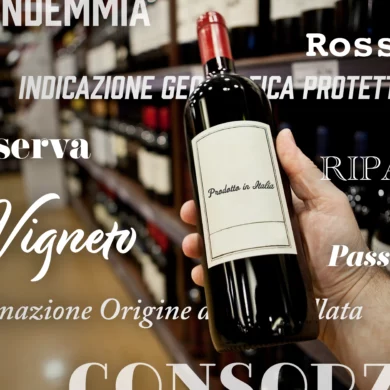
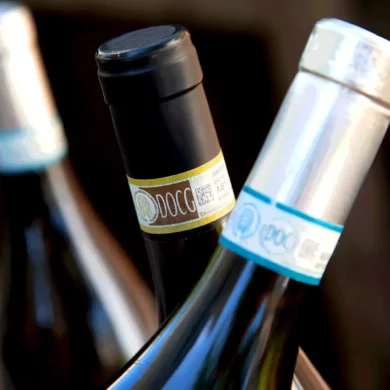
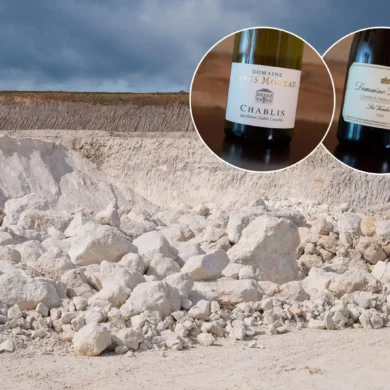
The more I read Opening a Bottle, the more I respect and enjoy what I find. Kudos to you ever evolving, open hearted and delightful approach to wine and communication. The next to the last paragraph is as good a piece of writing about wine as I’ve ever read. Congratulations
Thank you, Andrew. That means a lot to me, and it is the kind of comment that keeps me going. Wishing you well.